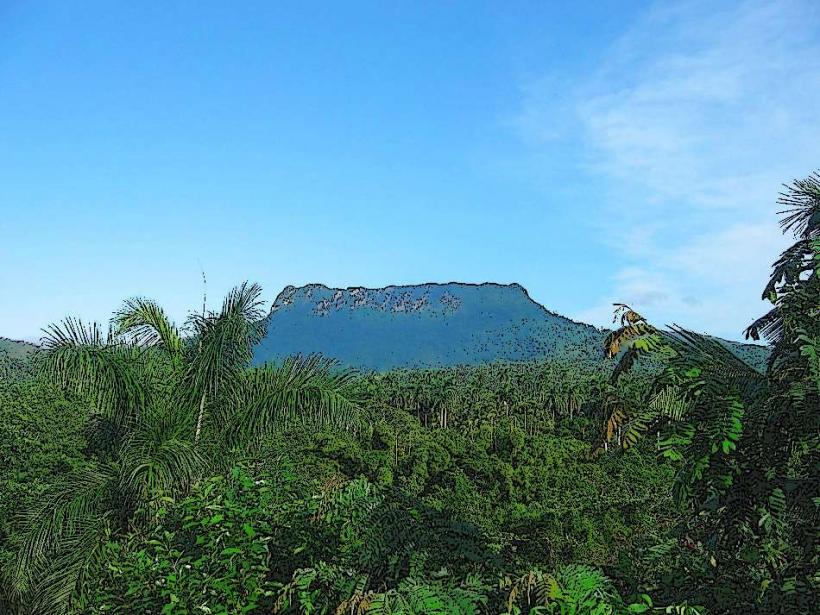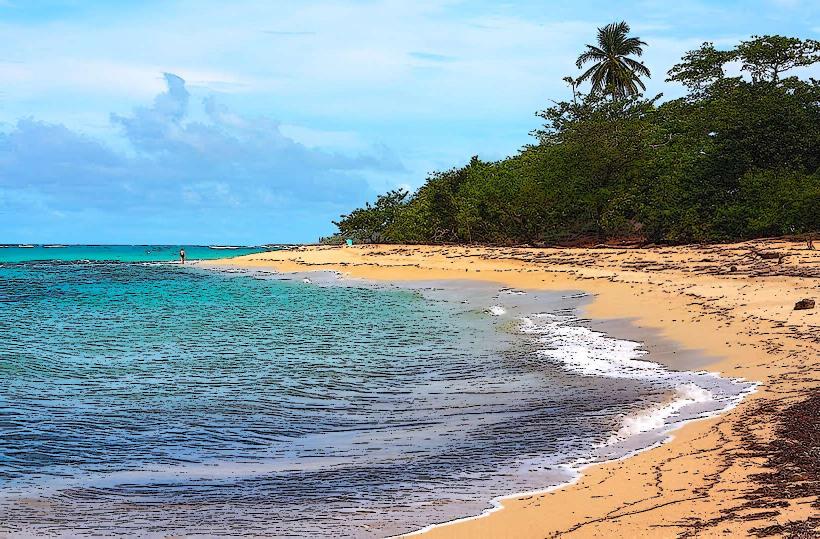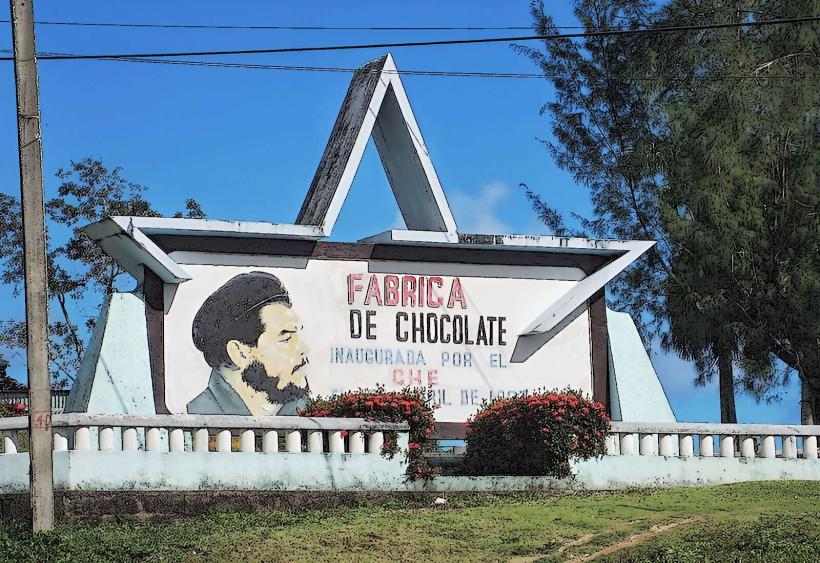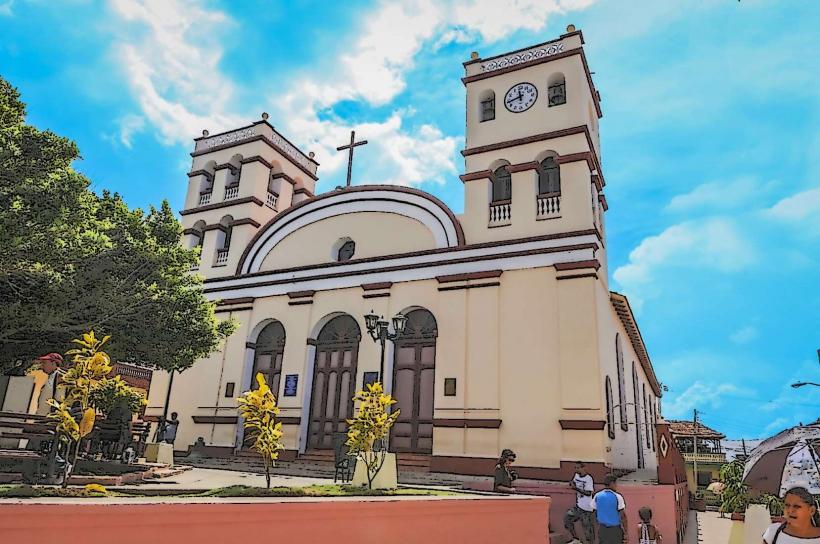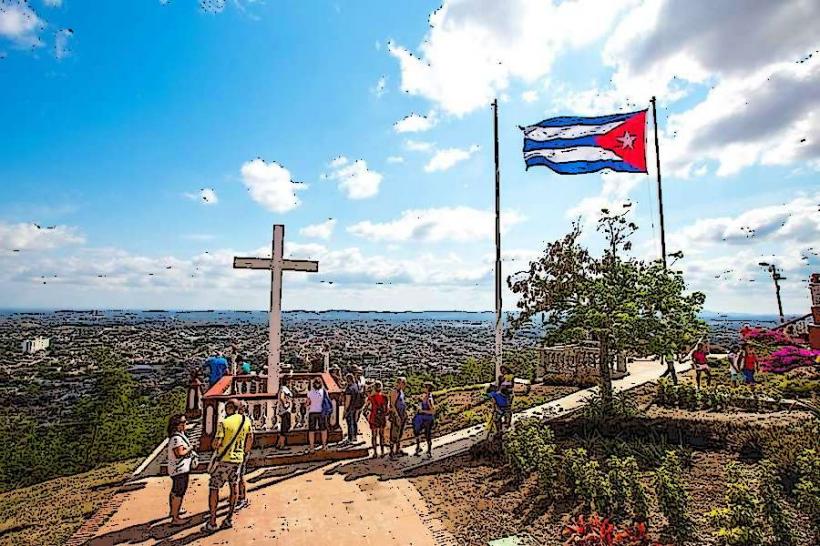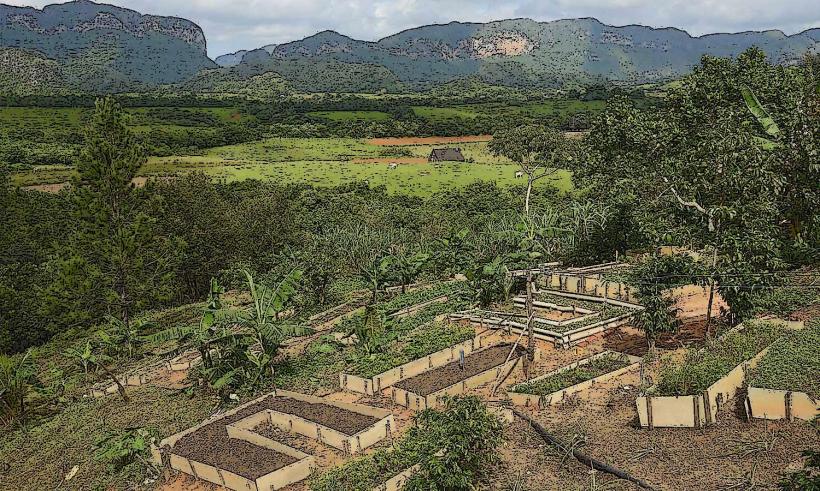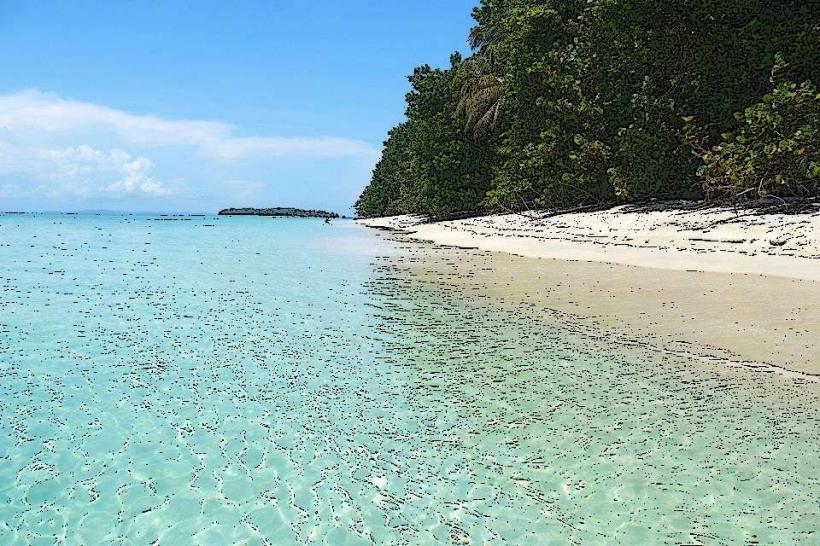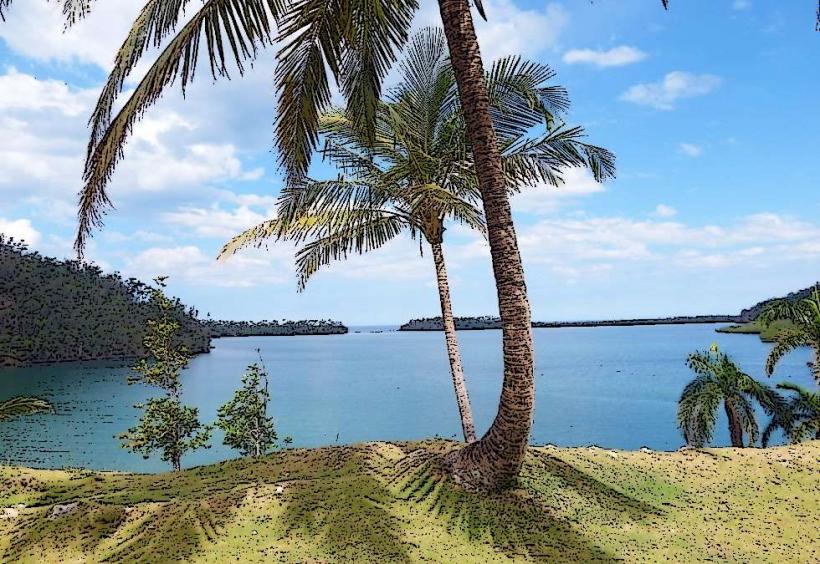Information
Landmark: Cueva de la CucarachaCity: Baracoa
Country: Cuba
Continent: North America
Cueva de la Cucaracha is a notable cave located in the Cienfuegos Province on the southern coast of Cuba. Its name, which translates to "Cave of the Cockroach," may sound uninviting, but it is an important natural feature of the region, known for its stalactites and stalagmites, as well as its role in Cuban history.
Key Features and Details of Cueva de la Cucaracha:
Geological Characteristics:
- The cave is a natural limestone formation, characteristic of the karst landscapes that are common in the region.
- Inside, visitors can find impressive formations of stalactites (hanging from the ceiling) and stalagmites (rising from the floor). Over centuries, mineral-rich water has carved these structures, creating intricate and sometimes breathtaking patterns within the cave.
- The cave’s interior is relatively dry, with some parts still adorned with speleothems (mineral formations found in caves), which add to its allure for geology enthusiasts.
History and Significance:
- Cueva de la Cucaracha has cultural and historical significance in Cuba, particularly related to pirates. The cave is rumored to have been used as a hiding place for pirates who frequented the Cuban coast in the past. Pirates and smugglers used caves like this for shelter or as places to stash goods during their illegal activities.
- The cave also played a part in the Cuban Revolutionary War during the 1950s. Like many other remote caves in Cuba, it could have served as a hideout or retreat for revolutionary forces.
Location and Accessibility:
- The cave is situated in the mountains near Cienfuegos, in a more secluded part of the province. It’s not as widely known or visited as some other caves in Cuba, giving it a sense of exclusivity.
- While the exact location of the cave might not be widely advertised, it is accessible to visitors who are touring the region. Guided tours are often available, and they can include information about the natural history of the area, as well as details about the cave’s historical significance.
Tourism and Activities:
- The cave is a popular site for caving enthusiasts and those interested in exploring the underground world of limestone caves.
- For visitors, the experience is often educational, with tour guides offering insight into the geology of the cave and the history of its use by pirates and revolutionaries.
- The cave’s location within a natural, relatively unspoiled environment means that visitors can also enjoy hiking, birdwatching, and the surrounding landscape before or after visiting the cave.
Wildlife:
- Like many caves in Cuba, Cueva de la Cucaracha is home to various species of bats. These nocturnal creatures are an essential part of the local ecosystem, and it’s possible to spot them during a visit to the cave.
- Other wildlife in the area may include insects and small mammals that are native to Cuba.
Conclusion:
Cueva de la Cucaracha offers visitors the chance to explore an intriguing natural wonder in Cienfuegos. With its geological formations, historical connections to piracy, and role in the Cuban revolution, it provides an exciting, if slightly mysterious, experience for those interested in the natural world and Cuban history. Although it’s not as widely recognized as some other tourist destinations in Cuba, it remains a hidden gem for those who seek to venture off the beaten path.

